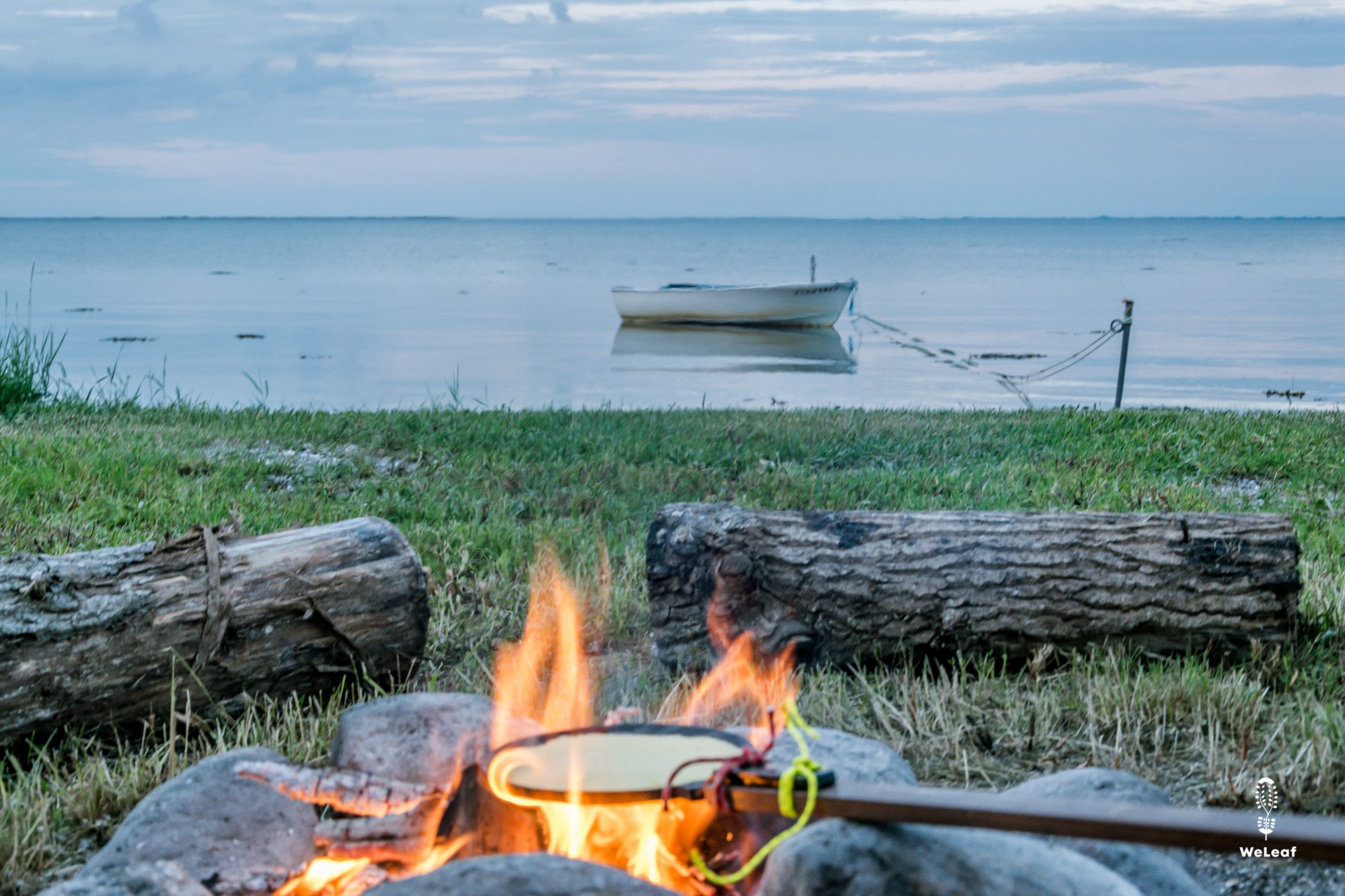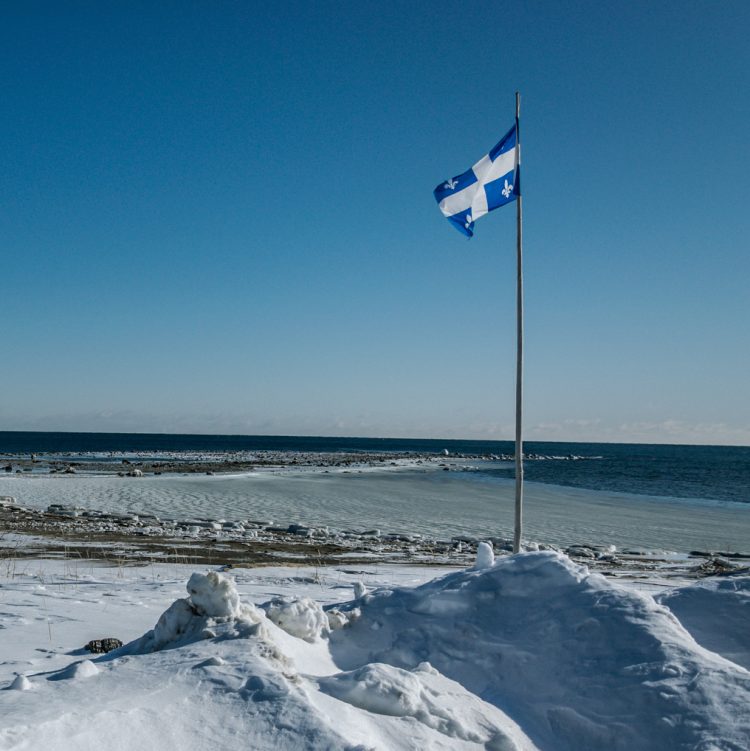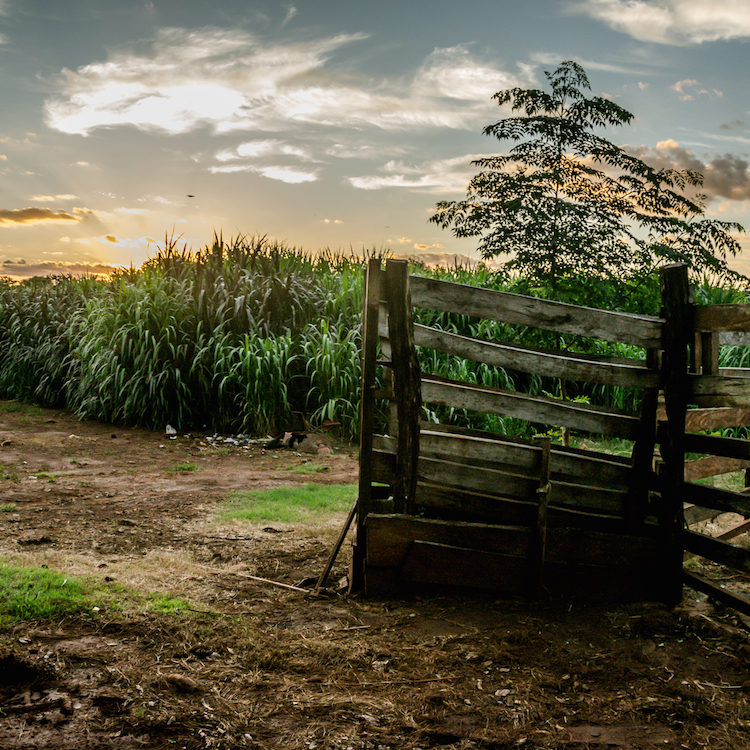
Packing list for a roller ski adventure
May 6, 2021
Wild adventures in The Netherlands
July 1, 2021Discover Denmark
Denmark was the 24th country on our world trip. It is so close to the Netherlands and Belgium, yet we had never been there. What do we actually know about Denmark? Copenhagen, Legoland, the names of a few football players, but that's it. After a few weeks in Denmark we have learned a lot. There are many more similarities with the Netherlands than we thought. Just like the Dutch, the Danes are very proud of their country, they like to eat herring and they also have a special word for "gezelligheid". These are the 10 most interesting facts on Denmark:

De Deense vlag

Eén van vele varkensstallen
1. The Danish flag is the oldest flag in the world
According to history, the Danish flag was first recognized in 1219. Of course, there are much older flags than the Danish flag, but it is the oldest flag in use by an independent country. All other independent countries in the world (194) use flags that are less old.
2. Het Deense alfabet heeft drie extra letters
The Scandinavian languages Danish, Norwegian and Swedish are very similar. They can understand each other very well, although a Swede will say he has difficulty understanding a Dane. The Danish alphabet has 3 extra letters compared to the 26-letter English alphabet we use. The three extra letters are Æ, Ø and Å. The Norwegian alphabet has exactly the same three extra letters, while the Swedish alphabet uses a variant of these letters (Ä, Ö and Å). The pronunciation of the extra letters is:
- - Æ: [e] as in 'air'
- - Ø: [eu]. There is no English equivalent, but "weird" comes close.
- - Å: [oh or oa] as in 'old'
3. Porc industry and wheat
Just like in the Netherlands and Belgium, there is an enormous amount of agriculture in Denmark. Unlike in the Netherlands, we hardly see any cows in the fields, but infinitely many pig farms. Denmark exports a lot of pork and the number of pigs is still growing every year. A pig farm has a much smaller area than a dairy farm. A lot of the farmland we saw was full of wheat. The beautiful golden colours give the landscape a warm atmosphere, especially in combination with the rolling hills.
4. Denmark has no mountains, but is anything but flat.
One evening we slept on one of the many free camping sites in Denmark. A young lady was hiking from coast to coast for a week and also pitched her tent. "Flatlander" she called herself because Denmark is so flat. She herself came from the region around Copenhagen where it is indeed quite flat, but Denmark is not really flat, anything but. We traveled on skates through Jutland, the part of Denmark that is attached to Germany. We climbed and descended a lot of hills. Our reference for flat is of course the Netherlands, where most of it is really flat.

Overal zijn Deense vlaggen te vinden

Denemarken is allesbehalve vlak
5. Danes are very proud citizens
The Danes are extremely proud of their country and of everything that comes from Denmark. On the road you will see Danish flags everywhere, in the supermarket 'Product of Denmark' is written on many products and people proudly talk about Danish customs and inventions. The Dutch are also very proud of their country, as are the Americans and Argentines. The Danes might even top that list.
6. Danes sleep outside
After a week in Denmark, we were invited by a Danish family. The man asked, "Where do you want to sleep? Inside, in the garage or in the yard? We ourselves sleep outside." He pointed to a small wooden structure near the water. Amazed, we looked at the little lean-to and then at the man's smile. "That's where we sleep all summer," he said. The hut had three wooden walls, was barely 1.5 meters high, open at the front, and there was a thick mattress inside. Later we saw so many more places where people sleep outside. For example, Denmark has thousands of places in the country where you can camp for free and often there is one such lean-to to sleep in. You can find all these places in the app 'Shelter'.
7. Danes let their babies sleep outside
Sleeping outside is literally a part of life. The Danish family where we slept had a baby stroller outside all day. The babies sleep outside, all year round. This happens not only in people's homes, also when they go to a café or restaurant, they leave the baby in the stroller outside while they sit inside. In the Netherlands and Belgium you would be accused of being a irresponsible parent, in Denmark it is perfectly normal.
8. Lots of comparison to Dutch traditions
Eating potatoes, herring, liquorice and many kinds of bread toppings, it seems like The Netherlands when we are sitting at the kitchen table. We only had to get used to the bread. The Danes, like the Germans, eat sourdough bread. Another funny similarity is the word to describe cosy social gatherings and intimate get-togethers with family and friends. It's the feeling of wellbeing and warm atmospheres. We also use the same word for the feeling in the streets of Amsterdam or friends sitting in a park. There is no exact translation for it in English, but The Dutch and The Danish have words for it: "Hygge" in Danish, "Gezelligheid" in Dutch.

Eén van de honderden gratis shelters

Herkenbare tradities aan de keukentafel
9. A special law
Denmark has an (unofficial) law that says that "no one is better than the other." This law is called "Janteloven", and it plays a key role in the Danish culture and mentality where everyone is accepted and equal.
10. Denmark is one of the happiest countries in the world
In the latest UN World Happiness Report from 2020, Denmark ranks third among the happiest countries. While that is down one place from previous years, it is still very high. In first place is Finland, followed by Iceland. The Netherlands is in fifth place, Belgium is only 17th. The World Happiness Report uses criteria such as income, social security, corruption, freedom, life expectancy, generosity and trust to make a ranking.









1 Comment
Very good! Quite educational and informative! I hope you continue to have fun, and a great deal of learning that you can pass on to your readers!
All the best to you as you travel,
Larry Gillreath
Gun Barrel City, Texas U S.A.